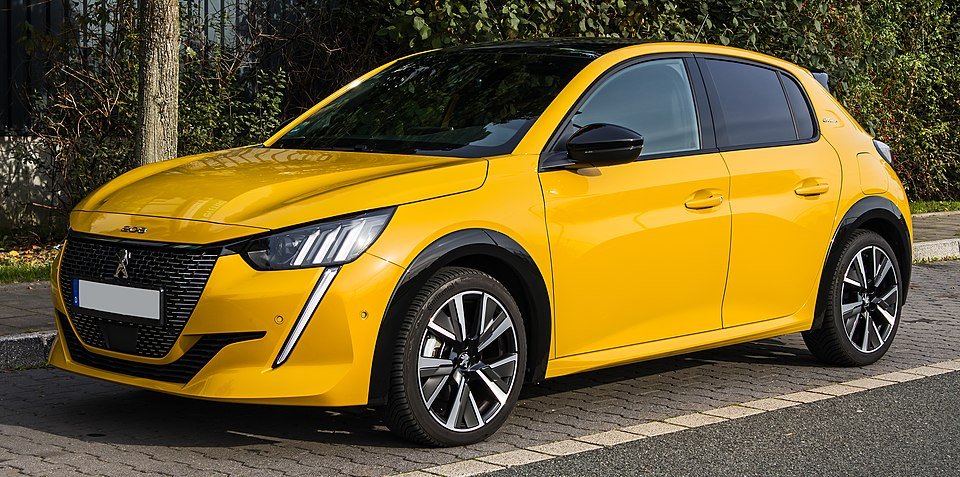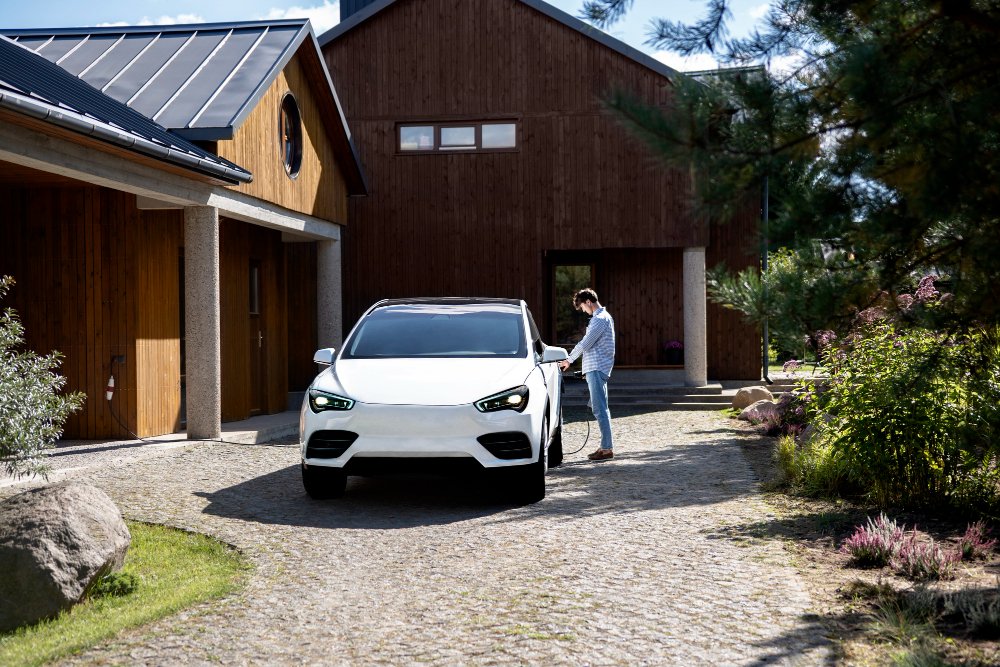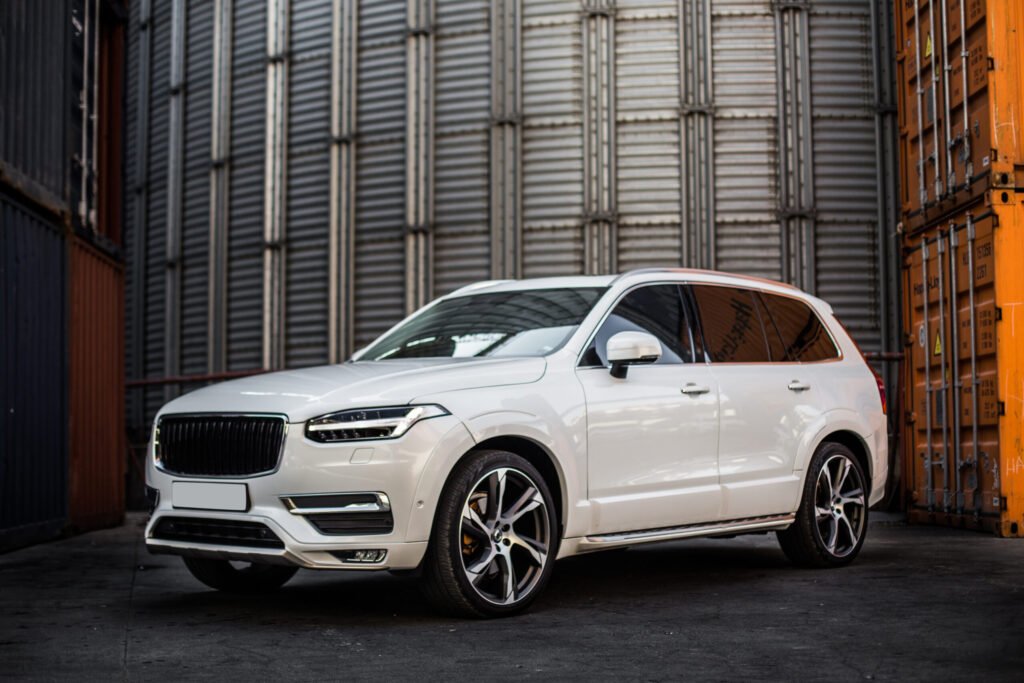In the growing world of electric mobility, one compact vehicle has managed to redefine what small cars are capable of. The Peugeot e-208 – Small Car, Big Power—is not just another hatchback; it’s a statement that electric efficiency doesn’t have to compromise performance or style.
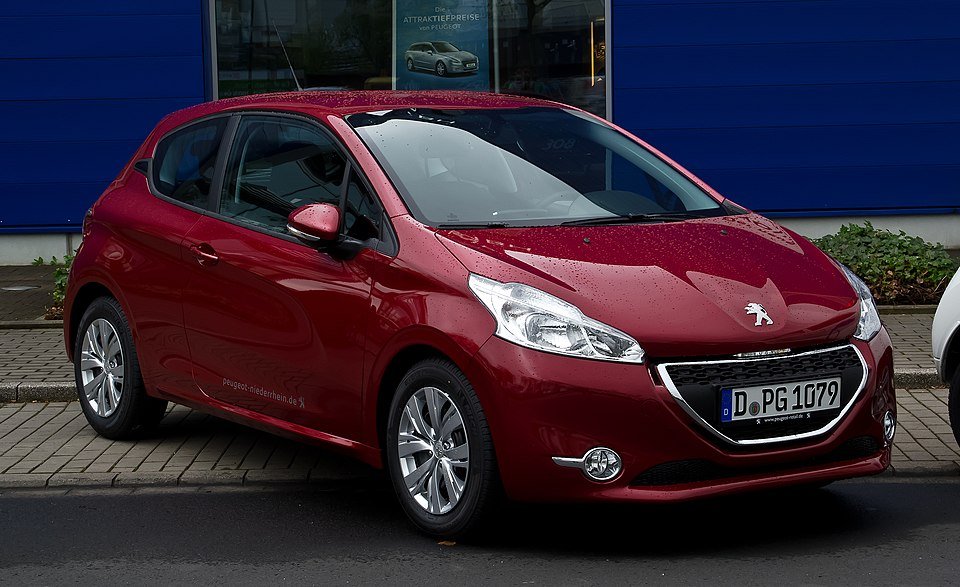
As Peugeot pushes forward with its electrification strategy, the e-208 has emerged as one of the brand’s most successful EVs. Designed for city life but strong enough for longer drives, this model showcases how advanced engineering can fit into a sleek, everyday package.
In this post, we’ll take a deep dive into what makes the Peugeot e-208 stand out: its features, benefits, and the role it plays in shaping the future of compact electric driving.
Understanding the Peugeot e-208 – Small Car, Big Power
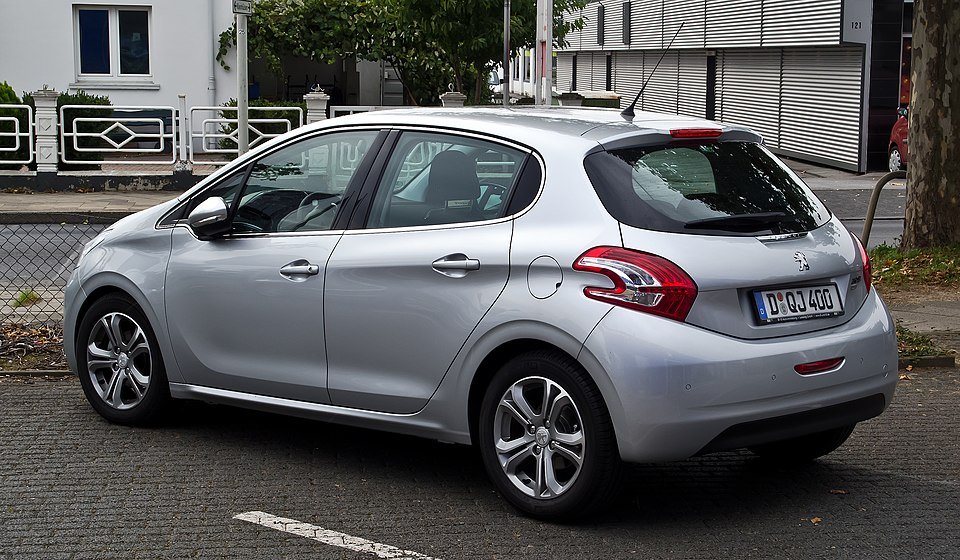
The Peugeot e-208 is an all-electric version of the popular Peugeot 208, a long-standing favorite among European drivers. It represents Peugeot’s ambition to electrify its lineup while maintaining the fun, comfort, and design excellence the brand is known for.
Built on the CMP (Common Modular Platform)—the same platform that supports petrol, diesel, and electric versions—the e-208 offers the flexibility of shared engineering without compromising the distinct advantages of an EV.
Performance at the Core
At the heart of the e-208 lies a 100 kW (136 hp) electric motor powered by a 51 kWh battery, offering up to 248 miles (400 km) of range on the WLTP cycle. This means city drivers can go several days without recharging, while highway users benefit from quick and smooth acceleration with zero emissions.
Despite its compact size, the Peugeot e-208 delivers instant torque, going from 0–62 mph (0–100 km/h) in just 8.1 seconds—impressive numbers for a small EV.
A Design That Turns Heads
Peugeot has blended sportiness and elegance in the e-208’s design. The LED claw lights, sculpted front grille, and aerodynamic silhouette give it a modern and bold character. Inside, the Peugeot i-Cockpit—featuring a 3D digital display and compact steering wheel—creates a futuristic driving experience that’s both intuitive and comfortable.
Key Benefits of the Peugeot e-208 – Small Car, Big Power
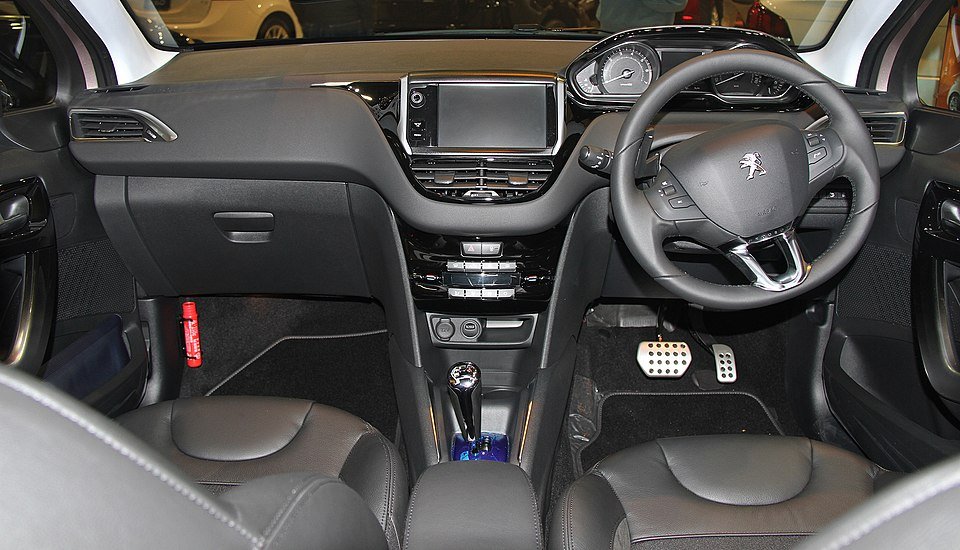
1. Efficient and Eco-Friendly Performance
Electric vehicles are celebrated for their environmental benefits, and the e-208 is no exception. With zero tailpipe emissions, it contributes to cleaner urban air and reduced carbon footprints.
Charging options include:
- Fast charging (100 kW DC): 0–80% in around 30 minutes
- Home wallbox (7.4 kW AC): Full charge in approximately 7.5 hours
This flexibility makes it perfect for daily commuters and city dwellers who want efficiency without hassle.
2. Compact Size, Big Practicality
The e-208’s dimensions make it ideal for tight parking spots and urban navigation. Despite its size, Peugeot has cleverly designed the cabin to maximize comfort, with ample legroom, adjustable seating, and 311 liters of boot space—sufficient for everyday needs.
3. Premium Technology
Equipped with advanced infotainment, the e-208 offers:
- Apple CarPlay and Android Auto
- Voice recognition
- Navigation with real-time traffic
- Driver-assistance systems such as lane-keeping assist, adaptive cruise control, and blind-spot monitoring
This tech suite makes the e-208 feel more like a luxury EV than a compact hatchback.
4. Driving Pleasure
Peugeot is known for dynamic handling, and that DNA continues in the e-208. The low center of gravity and balanced weight distribution give it agile cornering and a smooth, quiet ride—perfect for both city traffic and open roads.
Challenges and Limitations
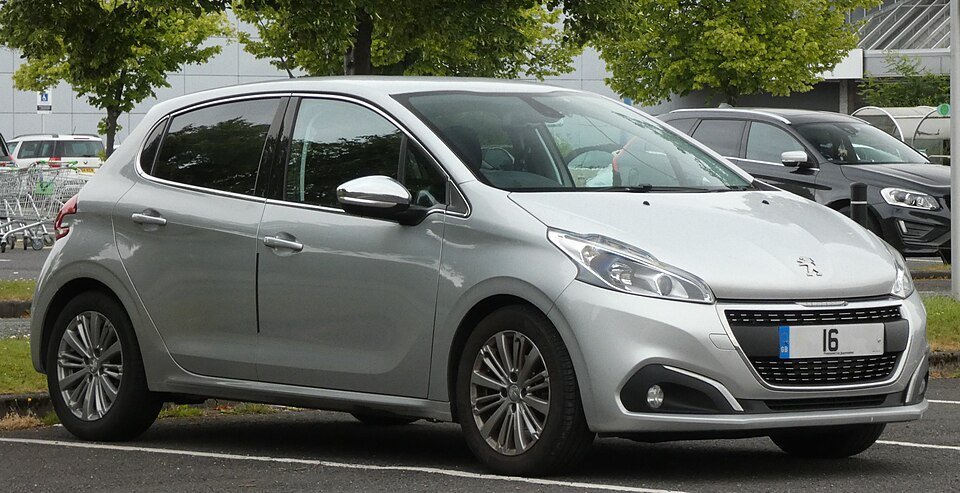
Even the most well-rounded EVs have drawbacks, and the Peugeot e-208 is no exception.
1. Limited Rear Space
While the front cabin feels roomy, the rear seats can feel a bit tight for taller passengers. It’s best suited for small families or individual commuters.
2. Charging Infrastructure
In regions with fewer public charging stations, long-distance travel may require careful planning. This limitation, however, is improving as Europe and other markets expand their EV infrastructure.
3. Price Compared to Petrol Models
The e-208 is more expensive upfront than its petrol or diesel counterparts. However, the lower running costs, tax benefits, and reduced maintenance balance the equation in the long term.
Real-World Examples and Case Studies
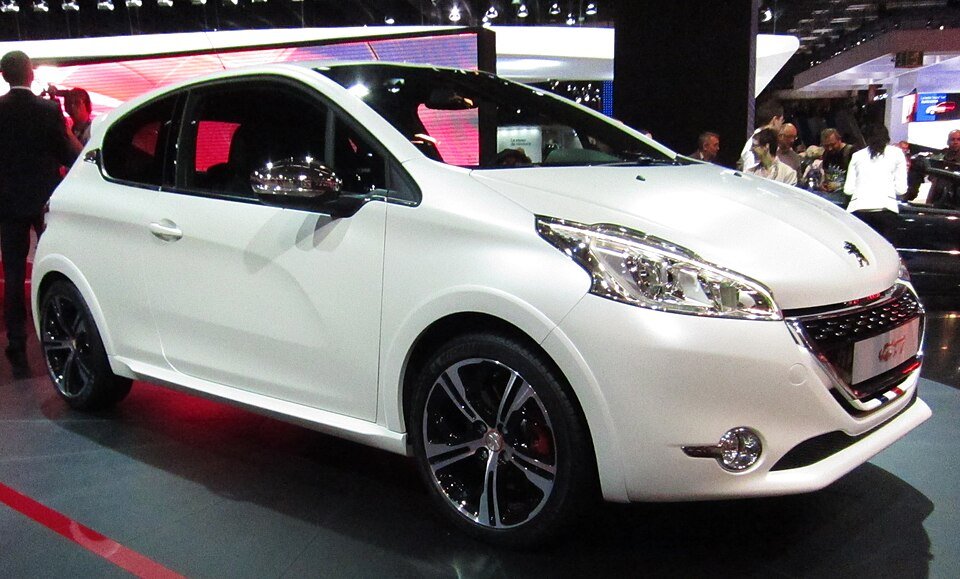
Urban Mobility Champion
Cities like Paris, London, and Berlin have embraced the Peugeot e-208 as an eco-friendly mobility solution. Fleet operators and car-sharing services use the model for its compact design, low emissions, and ease of use in congested areas.
Customer Experience
Drivers consistently praise the smoothness and quietness of the e-208. Owners report significant savings in fuel and maintenance costs—thanks to fewer moving parts and no oil changes.
In independent reviews, the e-208 often scores high for design quality, handling, and driving comfort, placing it ahead of several competitors in the compact EV category.
Awards and Recognition
The Peugeot e-208 won the prestigious European Car of the Year 2020, confirming its success as one of the most innovative small EVs available today (source).
Future Trends and Predictions
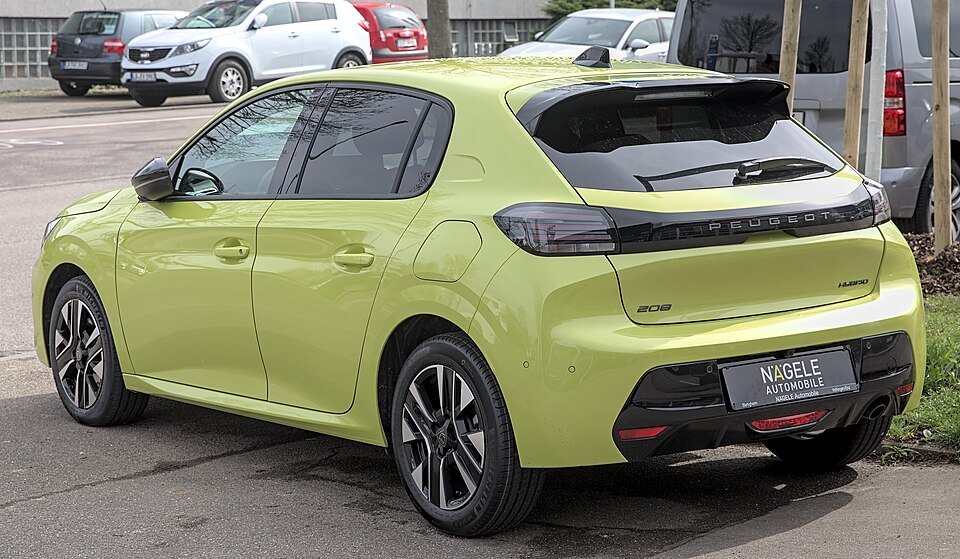
1. Longer Range and Faster Charging
Peugeot plans to continuously upgrade its electric lineup. Future versions of the e-208 are expected to offer improved battery chemistry and faster charging times, possibly reaching 300 miles (480 km) of range.
2. Enhanced Connectivity
The next-generation Peugeot vehicles will integrate with Peugeot’s new digital ecosystem, offering real-time battery analytics, smart home integration, and over-the-air software updates.
3. Greener Manufacturing
Peugeot’s parent company, Stellantis, aims for carbon neutrality by 2038, meaning future e-208 models will be produced with sustainable materials and recycled components—a move towards fully green mobility.
FAQ – Peugeot e-208: Small Car, Big Power
How long does it take to charge the Peugeot e-208?
Using a 100 kW DC charger, it can charge from 0 to 80% in about 30 minutes. A standard home wallbox (7.4 kW) takes roughly 7.5 hours for a full charge.
What is the driving range of the Peugeot e-208?
The e-208 offers an estimated 248 miles (400 km) on the WLTP cycle, depending on driving style, terrain, and temperature.
Is the Peugeot e-208 suitable for long trips?
Yes—but planning is required. Thanks to Europe’s expanding fast-charging network, long trips are possible, though city driving remains its strong suit.
Does the Peugeot e-208 qualify for government EV incentives?
In many regions, yes. Buyers can often benefit from EV grants, reduced taxes, and free parking zones, depending on local policies.
How does the e-208 compare to rivals like the Renault Zoe or Mini Electric?
The e-208 offers a sportier design and more premium interior than many of its rivals, while maintaining similar range and pricing.
Conclusion: Small Car, Big Future
The Peugeot e-208 – Small Car, Big Power proves that electric driving can be stylish, practical, and thrilling—all in one compact package. It’s a smart solution for drivers who value sustainability without giving up driving pleasure or modern design.
As cities become greener and EV infrastructure grows, cars like the e-208 are leading the charge toward a cleaner future.
For anyone considering a transition to electric mobility, the Peugeot e-208 isn’t just a small car—it’s a big step toward smarter, sustainable driving.

